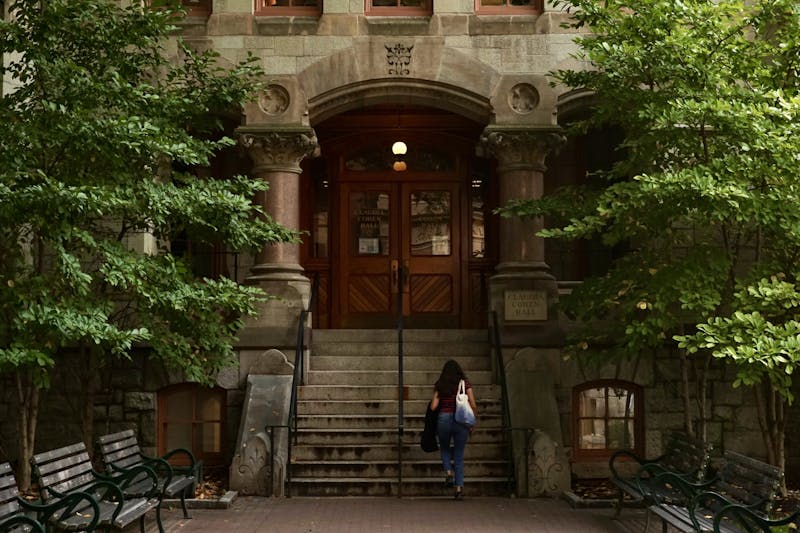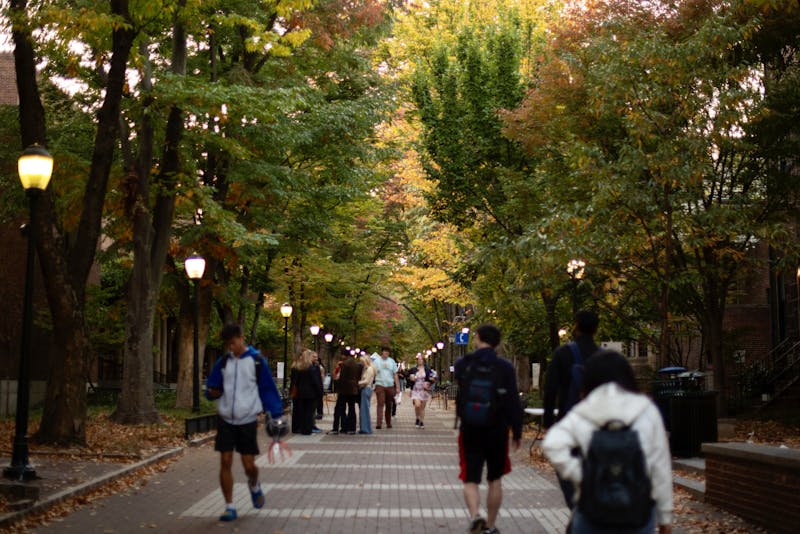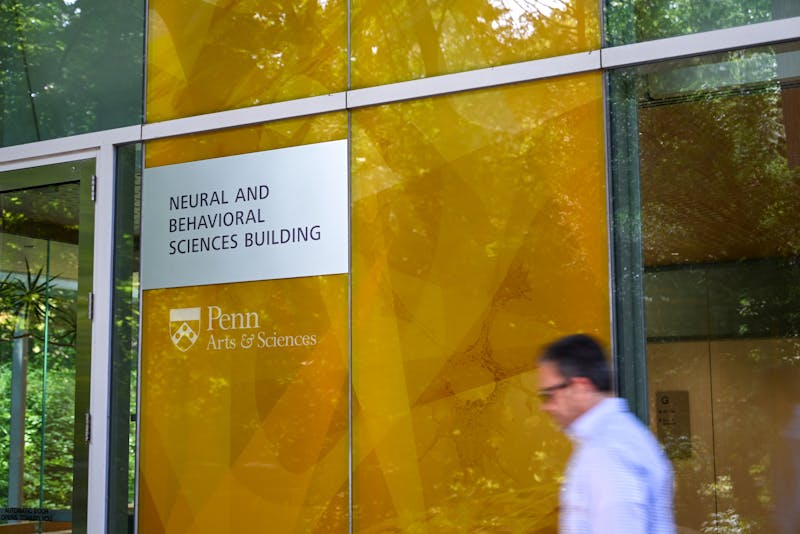
And you thought getting into an Ivy League school as an undergraduate is tough.
With only 28 schools for veterinary medicine in the United States -- most with graduating classes of no more than 100 students -- acceptance to veterinary school can be even more difficult.
"Compared with other graduate schools, we have a very low number of spots for students," Andrew Maccabe, the associate executive director of the Association of American Veterinary Medical Colleges.
Maccabe said that each year in the United States 126 accredited medical schools graduate around 16,000 physicians, while 28 domestic veterinary schools graduate only about 2,300 students.
Dr. Jeffrey Wortman, the associate dean for Penn's School of Veterinary Medicine, said that the numbers are low because most of the veterinary schools were started at land-grant institutions, and it is very difficult and expensive to start a new school.
"Most schools, including Penn, are limited in trying to expand class size because of facilities and other limiting factors," Wortman said.
Maccabe also noted the need for a veterinary hospital at all the schools.
"It is very expensive for a university to build a veterinary college because you must build class space and offices, but you also must have a teaching hospital," Maccabe said, adding that most medical schools don't face this problem.
Another reason for the low number of students enrolled in veterinary schools is that the tuition for these schools is very high, especially for out-of-state residents, since most veterinary schools are part of public institutions.
"In state-supported schools, residents always get a preferential tuition rate," Maccabe said.
Wortman noted that although Penn is a private institution, its students from Pennsylvania and New Jersey receive stipends provided by their respective state governments to lower the cost of tuition.
To combat the lack of veterinary school opportunities in the United States and the limited number of spots available for students, the AAVMC is planning to bring forth a new proposal for increased government funding for veterinary schools.
"There is a serious shortage of veterinarians in public health areas, and this is justification for a federal response," said Wortman.
She also noted that the organization is asking for several million dollars to be distributed among the veterinary schools to expand facilities and possibly to aid in the construction of two or three new schools.
Although very few spots exist for prospective veterinary students, application numbers have not changed at Penn recently.
"It has been staying rather stable for the last few years," Assistant Dean for Admissions Mac Keiter said.
At Penn's school, there were 1,250 applicants for approximately 110 spots in last year's class.
Wortman also noted that Penn has one of the larger class sizes when compared with schools across the country.
The Daily Pennsylvanian is an independent, student-run newspaper. Please consider making a donation to support the coverage that shapes the University. Your generosity ensures a future of strong journalism at Penn.
DonatePlease note All comments are eligible for publication in The Daily Pennsylvanian.







